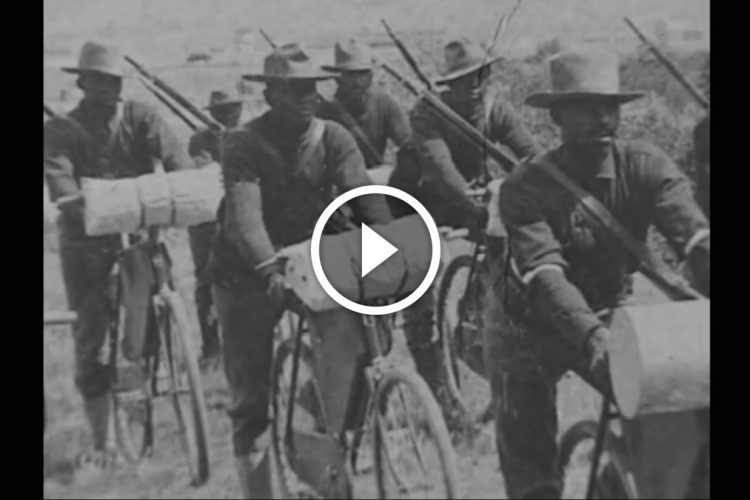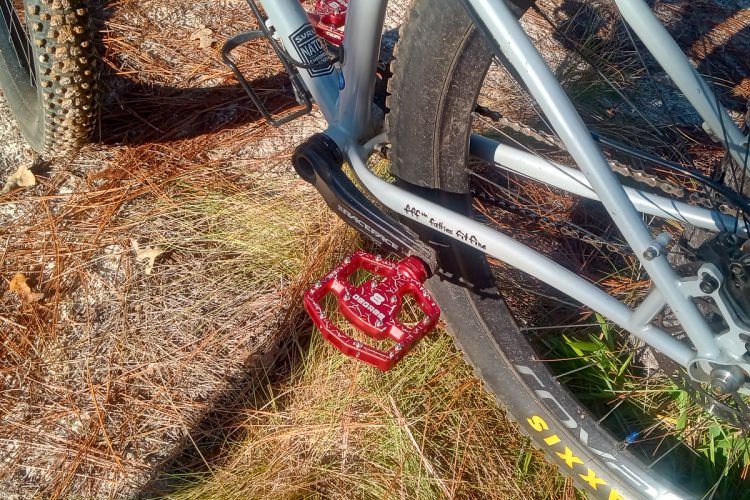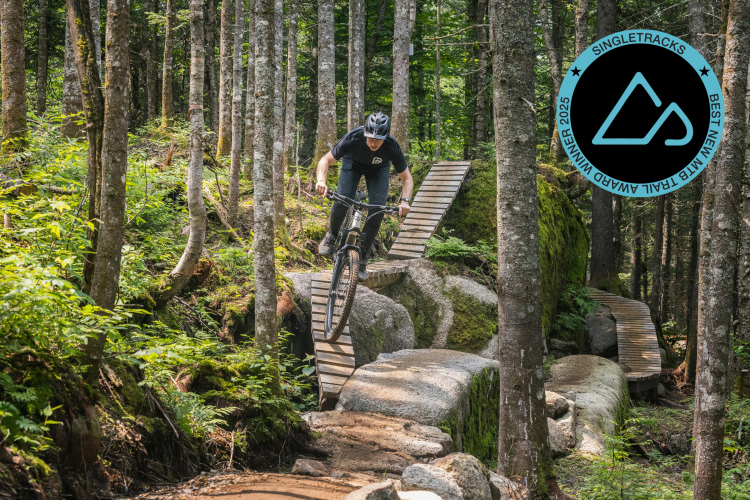Prepare for Things To Go South
While I don’t necessarily believe in luck per se, but if I did, I would have to peg mine as distinctly “bad” when it relates to my bikes during long rides. On my last big race, even in spite of utilizing my own skilled hack-mechanic eyes to give my bike a thorough once- and twice-over, I still found myself at the mercy of Lady Luck. Tubes will pop and sealant will escape from tires, chains will break and cogs will lose their teeth, seatposts will become loose and levers will relocate themselves. Essentially, Murphy’s law is in full effect once you ride away from each checkpoint, and it’s up to you to do your best to mitigate Murphy-induced maladies.
When you head out into the wild, try to have a small bike shop’s worth of fixes available to combat any issues that are bound to crop up while riding. If you don’t have much faith in your repair skills, bring your rig into your local bike shop to have them service the bike and give you a quick debrief on in-the-field fixes. After more than a few hard knocks, my personal load-out includes the following:
- bike tool that can twist every nut, bolt, or screw on my bike, as well as break a chain
- stout bike pump (CO2 is nice for a day trip, but if you find yourself in the boonies without a cartridge, you’re up the creek)
- spare tube
- patch kit
- additional tire sealant (if tubeless)
- tire levers
- duct tape
- gold link for quick chain repairs
If you plan on going for an extended ride where you won’t pass through bike-shop-inhabited towns, it may also be worth carrying a spare set of brake pad. In sloppier conditions, the extra grit and added weight from the bikepacking luggage will accelerate brake pad wear, and there are few things more puckering than grabbing for a handful of brake and getting nothing but a squeal from your anchors with your nose pointed down a mountain. However, reality can be a cruel mistress, and even when fully prepared, you may still find yourself marooned, which leads nicely into the next point:

Prepare an Exit Strategy
Up until I had the brilliant idea to try a bikepacking race, I was never further than ten miles from the safety of a trailhead. At worst, a broken derailleur meant that I would be testing my fortitude with a chainless downhill run until I made it back to the car. When out in the wilderness, a ride-ending mechanical issue suddenly gathers a bit more gravity and requires the rider to have their wits about them. The easiest and potentially most effective thing a rider can do to ensure their safety is to know how to make an exit when things go awry, and be prepared to hike-a-bike.
On some trails, this could mean knowing the quickest exit route to civilization, or finding the nearest shelter to wait out a harsh storm. In more primitive terrain and more dire consequences, it could mean knowing how to keep yourself safe and easily found while waiting for help to arrive.
In any case, it’s in one’s best interest to not go pedaling off into the woods all willy-nilly without the proper preparation and some form of life-line. Many events team up with websites such as TrackLeaders.com and will require riders to either rent or register their own GPS tracking devices. I’ve been using a SPOT Gen 3 tracker for my events and have been satisfied with its tracking and updating abilities. The real benefit of having a GPS tracker on your person while out in the wild is that you can have a reliable method of signaling for help if an evacuation is necessary. Of course, a wilderness rescue should only be used as an absolute “plan B” option when there is no possibility for self-rescue. This plays into the notion that a bikepacking event is largely self-supported, and any rider willing to venture out should be comfortable with the fact that they may find themselves needing to keep themselves safe in any situation that arises.
[see_also id=”44136″][/see_also}
Prepare to Enjoy Yourself
The last couple sections have been less than light-hearted and are not designed to deter anyone from trying a bikepacking event themselves, but are only to serve as caveats that multi-day rides can take their toll on rider and bike alike. However, if bikepacking wasn’t enjoyable, would it really be worth writing an article about? When preparing for an event, never lose sight of the fact that, above all else, you will be spending multiple days mountain biking and seeing sights that few have ever had the opportunity to lay their eyes upon, and fewer still have been able to pedal to.
At times, you will be challenged and will be forced to your breaking point, but will find yourself rewarded for all the effort, because as the simple law of gravity states that everything that goes up must come down, after scaling a thousand-foot mountain with nothing but your own two legs, you’ll have the entire descent all to yourself. It’s worth reminding yourself of this fact, since seeing a claim of “30,000+ feet of elevation gain” on an event bill could certainly be discouraging, one has to remember that this also means that there will be 30,000+ feet of the fun part of mountain biking.
When you roll into camp after a long day of riding, your body will be exhausted, covered in mud and sweat, and the last thing that you’ll want to see is a saddle, but shortly after you pitch camp and recount the events, you’ll realize that the past hours were filled with some of the finest riding you may ever experience, and it will make all the hard work worthwhile. If nothing else, you’ll be among the few humans who have opted to push themselves to their physical limits while doing something they love doing, which puts you in rarified company.

For the aspiring bikepacker, the name of the game is to prepare, hence its being bolded and underlined six times within this article. The more time and effort spent prior to setting out on a bikepacking event, the more likely a successful outcome will be realized and the more likely you’ll find yourself enjoying your days out on the trails.
Above all, it’s important to remember what’s at the core of bikepacking–a combination of two of the best things around, biking and camping. Bikepacking is definitely one of the more addictive subsections in the world of mountain biking, and with good reason–it’s all but guaranteed to get the rider to push their personal boundaries, force them to become self-sufficient, and will slough off any of the trivial and mundane burdens that daily life can pile on. A well-sorted rig and corresponding strategy will allow the adventurous rider a way to explore those intriguing sections of the map that have been all too elusive.
For those that have been on the fence about embarking on their own backcountry tour, hopefully this primer has illuminated some of the daunting aspects of bikepacking and quelled some of the fears that may have been lingering. Hopefully this little bit of inspiration will get more riders to pack up and get after their own adventure.
After all, what could be better than riding a bike?
Riding a bike for days on end.
[see_also id=”59591″][/see_also]










0 Comments